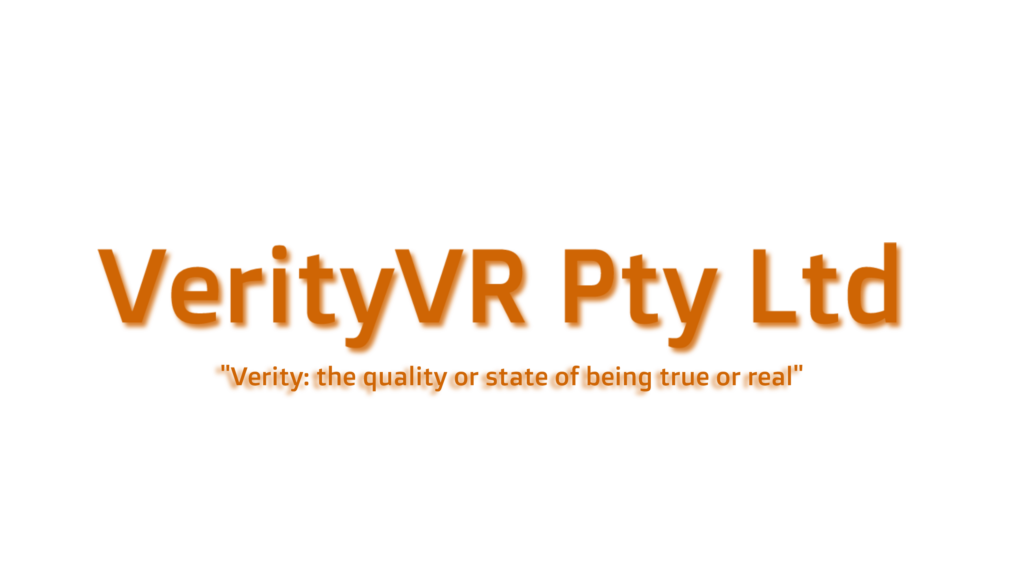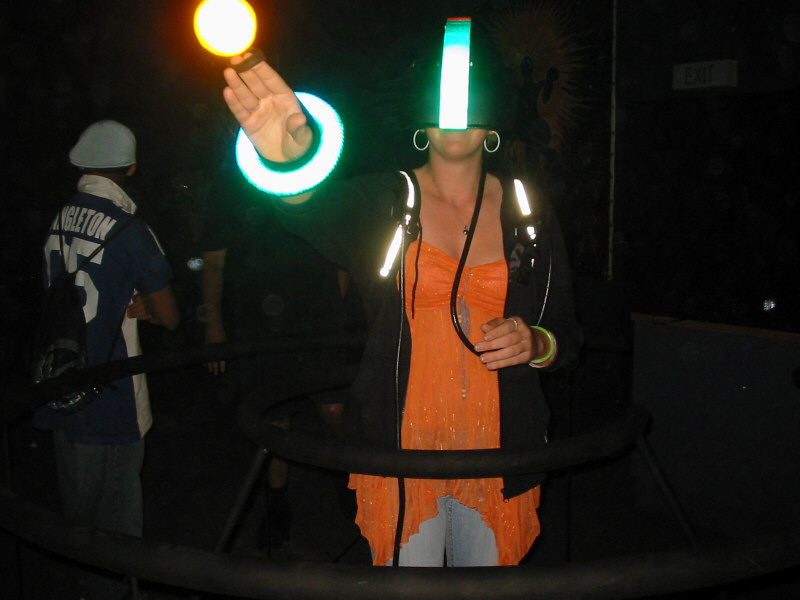

VRG-1 Now available for sale: See products page for details
Mission Statement
VerityVR ‘s mission is to commercialize our fully immersive virtual reality system named VRG-1 and eventually make it accessible to the mass market.
Humans perceive a large percentage of their surroundings through their eyes and ears. Therefore being able to correctly simulate this information in real time can create a user virtual reality experience. A successful fully immersive virtual reality system must satisfy the following requirements:
Low latency visual feedback from accurate tracking of user movements.
Intuitive and natural simulation interaction. Rich immersive visual and audio quality.
Simple and wireless hardware operation.
Light weight ergonomics.
VerityVR manufactures and distributes the VRG-1 virtual reality system which meets all these requirements. We specialize in real time image processing systems and 3D environments. We offer a complete range of services in order to take your VR Simulation from concept to practical reality.
VR Simulation Platform
The user Virtual Reality simulation platform includes all the hardware and software which enables the user to see and hear the simulation.
The real time generation of spatial audio and 3D image display at rates acceptable to human perception is a complex time critical activity. The continuing advances in computer performance and visual image generation and display combined with the fast, accurate tracking of head movements to determine the correct virtual view can create a highly engaging and immersive VR experience.
The VR simulation platform accepts user input via the user motion tracking system and performs the necessary computer processing to generate the correct simulation images and sounds which are then output to the user in real time.



User Motion Tracking
A successful fully immersive virtual reality system is made up of two main and integral parts being the User Motion Tracking system and the VR Simulation Platform. VRG-1 solves all the current issues with mass market VR systems.
One of the key components of any fully immersive VR system is fast accurate tracking of the user’s head movements. However true virtual reality is a whole of body experience with full user body tracking the ultimate requirement. The key goal is to create a VR environment that facilitates natural human interaction and simulation perception. The motion tracking system must accurately measure the users movements and transmit this information to the VR simulation platform in real time.
Most mass market tracking systems only track a subset of the user’s head motion details and typically only provide measurement of the “XYZ” rotations of the user’s head. This type of system is commonly referred to as a 3DOF head tracking system. More expensive head tracking systems also track the users absolute head “XYZ” position and are commonly referred to as a 6DOF head tracking system.
Current VR Issues and the VRG-1 Solution
Mass market user head motion tracking systems have performance issues which include tracking detail, latency/lag, accuracy and drift which all contribute to user spatial dislocation and hence user motion sickness and nausea.
Earlier user tracking designs include fluid filled chambers and magnetic field line detection hardware. These devices tracked too slowly or inaccurately commonly causing user nausea and motion sickness. The latest mass market head trackers are based on 6DOF micro-electro mechanical devices with independent gyroscopes and accelerometers for the X, Y, and Z axes. These devices still require user specific calibration and due to measurement lag and drift still do not enable long periods of VR immersion. This particular problem continues to greatly affect the early adoption of fully immersive VR technology.
The VRG-1 system uniquely uses an optical tracking computer interface that can measure accurate and drift free spatial information including 6DOF user head spatial data at speeds much faster than human perception. This allows the user to be fully immersed for long periods of time in a totally wireless environment.
The use of physical cables to connect motion sensors is also a common problem with mass market VR systems. The use of physical cables from the graphics engine to the visual display system is another common problem with mass market VR systems. The use of cables to transmit user spatial information from the user motion tracking system to the VR Simulation Platform is another problem with current mass market VR systems.
In general cables detract from an immersive VR experience. Wires commonly lead to equipment damage and can cause user safety issues. Cables prevent truly free user movement and hence do not allow a fully immersive VR experience.
VRG-1 uniquely utilises a real time optical tracking computer interface. Real time optical tracking means totally wireless operation. The VRG-1 system also generates and wirelessly transmits it’s simulation images and sounds allowing the user to be fully immersed in a completely untethered environment.
Complex non-portable user motion tracking infrastructure such as multiple cameras and motion sensors have also been a significant issue with VR equipment. Delicate equipment with stringent environmental requirements do not do well in the rough and tumble mass market operational world and this factor has also constrained the wide spread adoption of VR technology.
The VRG-1 system uniquely uses an optical tracking computer interface does not require complex infrastructure and has been transported across the world in a standard sized suitcase. The OTCI tracking surface can be extremely light weight and robust and can be used to protect and shield other delicate components if required.
Fully immersive VR systems have been traditionally constructed from specialized OEM components making ongoing maintenance and upgrades costly activities. Return on investment in VR equipment can be reduced to zero due to OEM product extinction.
VRG-1 has low maintenance costs and system longevity is virtually guaranteed. As long as standard connection interfaces and hardware performance specifications are adhered to the VRG-1 system can be maintained and upgraded using off the shelf components. The OTCI technology works well in many environments and it’s optical design has no wearing parts and hence the tracking system never requires re-calibration.
The VRG-1 system allows the user to be fully immersed for long periods of time in a totally wireless environment.
